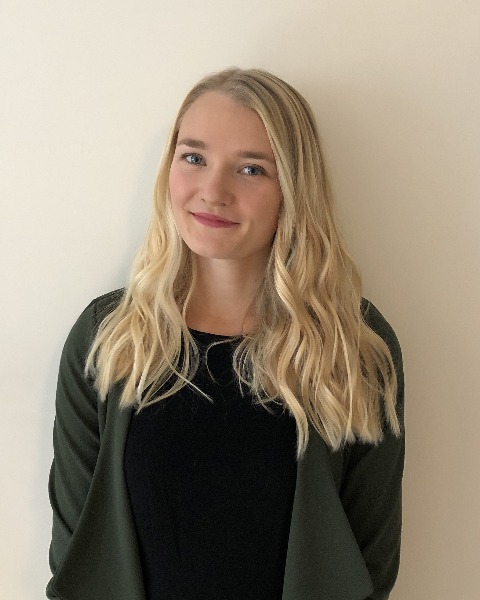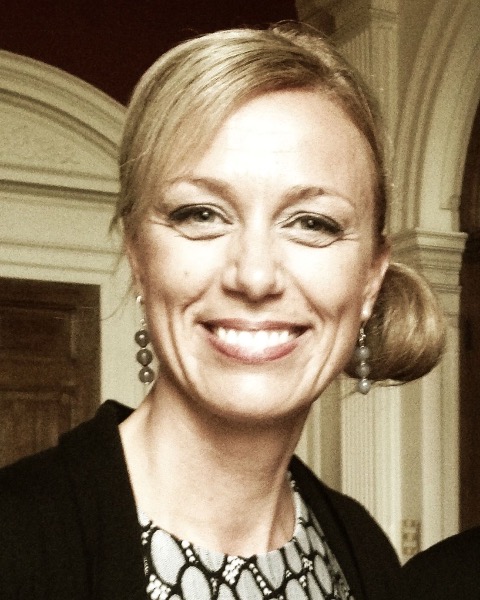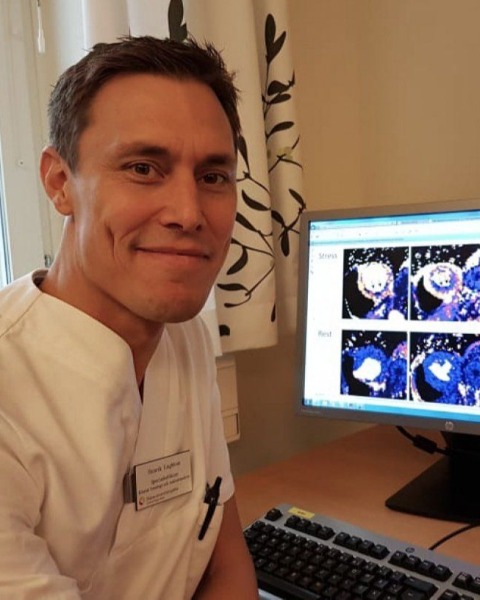Rapid Fire Abstracts
Segmentation of left ventricle in late gadolinium enhancement cardiac MR images in an automated pipeline (RF_SA_434)

Fanny Månefjord, MSc
Software developer
Lund University, Sweden
Fanny Månefjord, MSc
Software developer
Lund University, Sweden- HF
Helen Fransson, PhD, MSc
CEO
Medviso, Sweden 
Ellen Ostenfeld, MD, PhD
MD, PhD, Associate professor
Lund University and Skåne University Hospital, Lund, Sweden, Sweden
Henrik Engblom, MD, PhD
Professor, MD
Clinical Physiology, Department of Clinical Sciences Lund, Lund University, Skåne University Hospital, Lund, Sweden, Sweden
Einar Heiberg, PhD
Associate Professor
Lund University, Sweden
Presenting Author(s)
Primary Author(s)
Co-Author(s)
Cardiac MR examinations produce thousands of images. These DICOM images need to be sorted and analysed to provide clinical results, which is a time-consuming process. Overcoming these cumbersome manual steps with a pipeline would increase productivity, if the clinician only needs to verify the automated results or add minor adjustments when required.
Late gadolinium enhancement (LGE) is the clinical standard to assess myocardial viability. Quantification requires both delineation of the left ventricle (LV) in LGE images, as well as of the scar tissue. Accurate delineation is a prerequisite for accurate myocardial scar quantification.
The aim of this project was to extend an existing AI-based automated pipeline for CMR analysis to also include segmentation of LV in LGE images as a next step towards automated, accurate scar quantification.
Methods:
A U-net architecture network was trained with the Adam optimiser to segment LV in LGE images. Multicentre and multivendor (GE, Philips, Siemens) data was split into a training and a test set. The datasets consisted of manual delineations of endocardial and epicardial contours in LGE images from three trials [1,2,3], all reviewed by experienced readers (EACVI level 3). The training data (n=302 subjects) was augmented during each training epoch by blurring, adding noise and rotating. The trained network was tested by comparing the myocardial mass of LV of the expert manual delineations to the segmentation network on a subject level (n=39).
A pipeline for loading and analysing DICOM data was implemented into the software Segment (v.4.1, Medviso) [4]. This pipeline virtually sorts the files based on DICOM meta data, loads them into the analysis software and performs automatic segmentations and analyses before saving the results. Safety checks such as ensuring the same image orientation and slice gap in the whole stack are included in the sorting step to ensure good quality data. Besides LV segmentation in LGE images, the automated pipeline performed LV and RV segmentation of cine SAX images, and strain analysis in cine SAX and LAX. Thereafter, scar quantification in LGE images can automatically be performed with the EWA [5] algorithm after manually choosing a culprit artery.
Results:
The AI-based segmentation of LV in LGE images had a high correlation and low bias (-2.9 ± 11.5 g) compared to manual expert delineation (Figure 1). The average time for running the DICOM files through the automated pipeline, including AI-based LV segmentation (of cine SAX and LGE images), RV segmentation, and strain analysis was 47 s for studies with average size of 24 image stacks and 1024 individual DICOM files.
Conclusion: The algorithm for segmenting LV in LGE images yielded accurate and clinically relevant results when compared to manual expert delineations. Therefore, the automatic LV segmentation in LGE images is deemed applicable to be implemented as part of an automated pipeline to sort and analyse DICOM data.

